DSLR Cinema: Crafting the Film Look with Large Sensor Video Cameras
We have had some requests to go a little deeper by providing book reviews. This week’s post will focus on the subject of DSLR cinema and a fantastic resource known by the same name. Whatever your opinion of DSLR cinema cameras, there is no denying that this technology has been most influential in recent filmmaking history, kicking it off with Vincent Laforet‘s Reverie.
By Laura Murphy, Assistant to Shane Hurlbut, ASC
There have been many guides and books written on the subject, but none of them are as thorough as Kurt Lancaster’s DSLR Cinema: Crafting the Look with Video. It is packed with extras, from website resources to checklists.
DSLR Cinema: Crafting the Look with Video was originally published in 2011. The author updated and expanded that edition in November of 2012. The latest version contains updated workflow information for Adobe Premiere and Final Cut X, as well as information about using proper audio settings for syncing external audio and using Technicolor’s CineStyle profile.
The foreword is written by Shane Hurlbut, ASC, touching on his initial experiences with the Canon 5D Mark II, which he used to shoot the majority of the feature film Act of Valor. He also gives a little background history on how the Hurlblog came to life. I’ve added links below to previous blog posts that correspond with topics in this book.
What sets this book apart from other books on DSLR cameras? It is the case studies that accompany many of the chapters. They provide a rich, in-depth look at how professional DPs have faced challenges and created solutions that often accompany this format. The author also includes a behind the scenes look at the cinematic style of short films.
Part 1 – DSLR Shooter’s Toolkit
Lancaster dives right into the core of filmmaking. The first three chapters cover composition, blocking and camera movement. As Lancaster says, “they are the building blocks of your story; you cannot have one without the other.” These are the expressive tools to use in telling your story.
Blocking: Lancaster uses Po Chan’s The Last Three Minutes as an example.
The next sections cover quite a bit of technical information, starting with lighting. What does your light look and feel like? Is it hard light or soft light? What about shadow placement? How does color temperature convey the look and feel of your film? Here are some posts from the Hurlblog regarding each of these topics.
The next chapters cover exposure (ISO settings, lens choices and sensor size) and picture styles, including Technicolor.
Understanding these principles when working with DSLR technology is critical as they can often make or break the filmic look that is desired. The author includes some tips from Shane regarding exposure, shutter speeds and using ND filters.
Blog resources:
HDSLR Challenges: Working with Still Lenses
Testing Your Camera’s Latitude
Technicolor’s CineStyle
The last chapters in Part 1 discuss audio, post production workflows and telling better stories. Getting the best sound quality from DSLR is a one of the biggest challenges. The book goes into the importance of sound quality and how to record them (44.1k, 48k) as well as various microphones and external recorders.

Zoom H4n Digital Recorder
Blog Resources:
The Basics of Audio Equipment
One of the highlights of this book is the Postproduction Workflow and Techniques section. Lancaster goes into quite a bit of detail on transcoding footage, color grading, noise reduction and syncing audio.
Blog resources:
7 Tips for HD & DSLR Color Correction
Part 2 – Master DSLR Shooters at Work
This section takes the reader through each of the case studies. Lancaster was able to be on set for a few of the films described below. These chapters reveal how professional DPs and Directors shape and shoot their stories:
Brazilian filmmaker Bernardo Uzeda’s short Casulo is used to illustrate crafting the film look with postproduction.
16 Teeth: Cumbria’s Last Traditional Rakemakers, directed and shot by Rii Shoroer, used documentary style filmmaking for her short and covers the importance of building a rapport with your subjects.
DP Philip Bloom discusses cinematic lenses used for his short A Day At the Races, which was shot with the Canon 7D and Cooke lenses.
Jeremy Ian Thomas is a professional colorist who directed the short fiction project The Chrysalis. This case study gives insight on location choices and using CGI Art.
Director Po Chan’s The Last Three Minutes, shot by Shane Hurlbut, ASC, explores achieving the film look with lighting, composition and blocking. Besides the technical information and choices made to tell the story, the author also gives some background on both Shane and Po’s journeys into filmmaking.
The book finishes off with a breakdown of gear by budget and appendixes which include the story treatment for The Last Three Minutes.
This is an impressive book to start with for detailed information on shooting with DSLR cameras. There is much more covered in the book that is beyond the scope of this review. You can buy the latest edition on Amazon or visit the author’s website.
Additional Resources:
HDSL Educational Series
Adorama Learning Center
Canon Learning Center
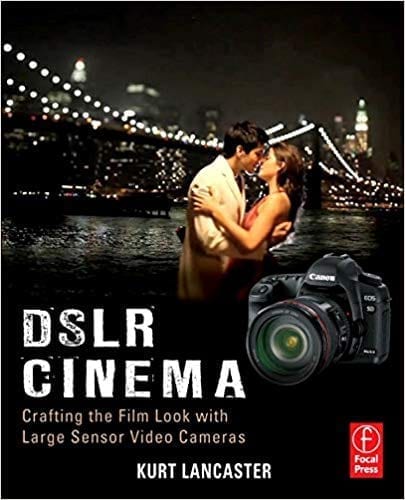
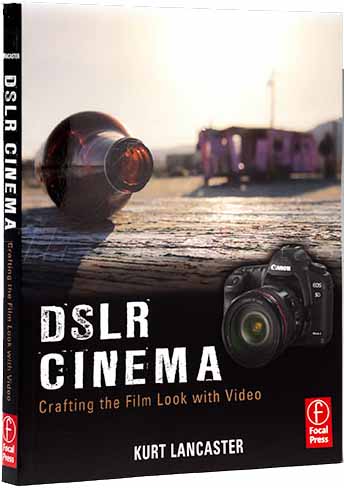

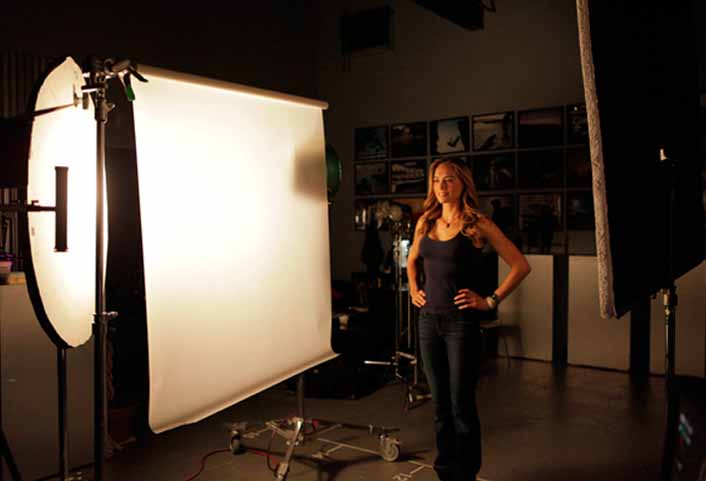





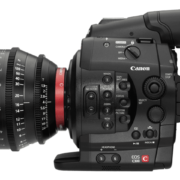
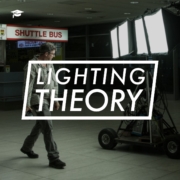

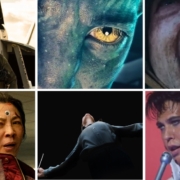


Thanks for the heads up about the new release of the book.
It is a great book, now updated with latest tech info and tips.
Very good book indeed.
Hi Laura,
Thanks for your thorough and and excellent review of the DSLR Cinema book. It was on my to-do list when it first came out, but it got pushed to the back when things were busy. So thanks for whetting my appetite for the book again – it will work brilliantly as some light late-summer reading. :-)
What to take?
DSLR Cinema: Crafting the Film Look with Large Sensor Video von Lancaster, Kurt (26. April 2013)
or
DSLR Cinema: Crafting the Film Look with Video von Lancaster, Kurt (20. März 2013)
?
Marcus Wolschon, April 2013
Sir Shane thank you for all this information. I read the book and it was great but it was like an ocean of information, i might have to read a few times and do some practicals to get a good grip of it all. But from your experience of ‘Act Of Valor’, if i asked you to state steps as simple as possible that would make a mark 5D footage look film like film, what would you advice. Thanks.
Atiq John GRDPE, Thank you for your kind words, I have broken this all down into a six part series that will soon be up on the HurlBlog for purchase. Simple, no-nonsense.
That will be a blessing for us simpletons S Shane , but could you let me know under what name will those six art series be available?
Thanks Sir
I just finished shooting this full feature on a canon 6d and 60d http://m.youtube.com/watch?feature=youtu.be&v=q9elU502Ybk
Hit me up if you have questions.
Thnk u very much sir..
You are very welcome. Thank you for your comment.